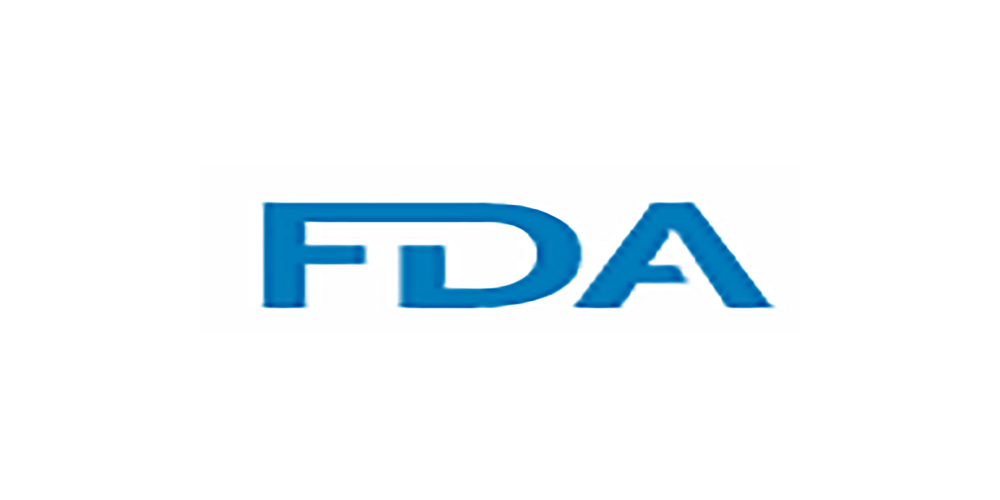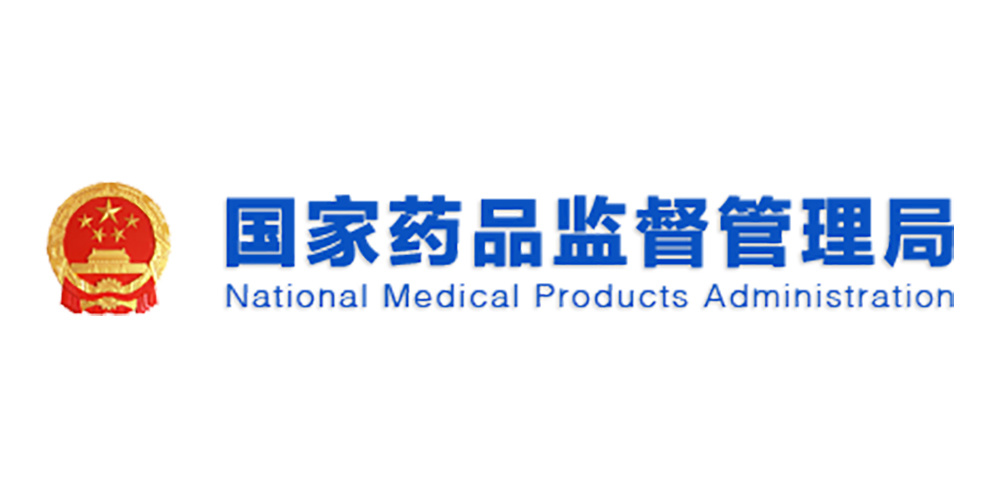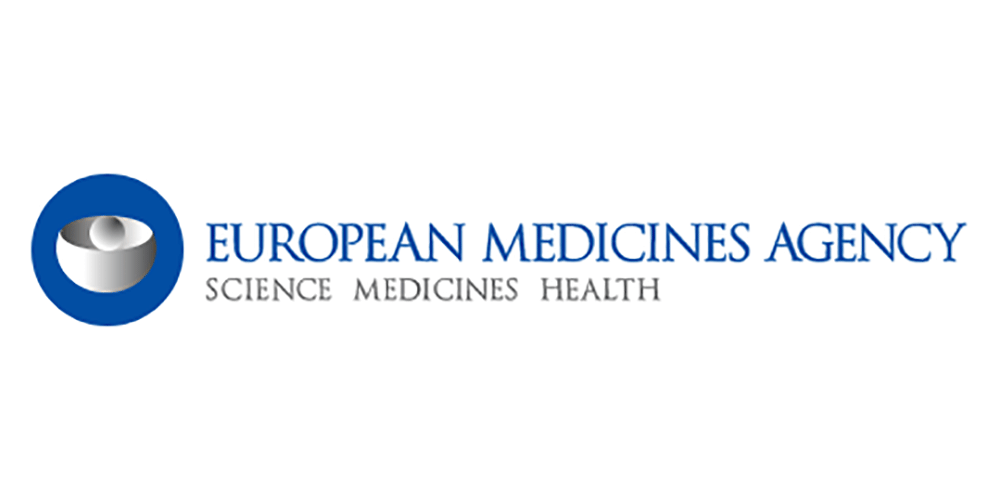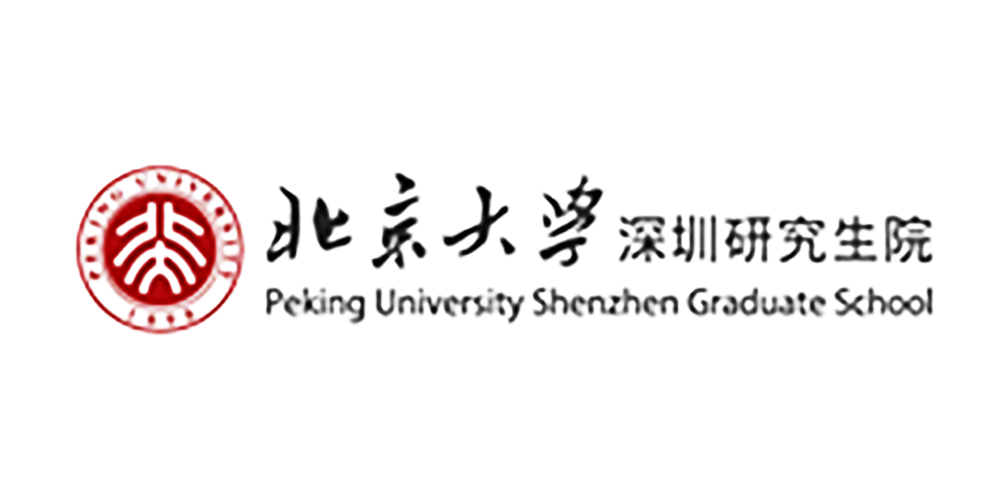News attention
07
2020
-
03
Scientific Research News | Research Progress of novel coronavirus Pneumonia (COVID-19) (XXXVI)
1. COVID-19 Alert
■ On March 3, Michael Ryan, executive director of the World Health Organization's Health Emergencies Program, said there was no evidence that the virus would go away on its own in the summer. He stressed that it must be assumed that the coronavirus will still be transmissible in the summer. To that end, countries must act quickly and not expect the coronavirus to disappear on its own in the summer, like the flu virus. Ryan also called on countries not to blame each other, but to do everything in their power to fight the epidemic and save lives.
2 . Advances in COVID-19 biology
■ On March 3, Stephanie Pfaender et al. published a non-peer-reviewed research paper titled "LY7E impairs coronavirus fusion and confers immune control of viral disease" online on the preprint platform bioRxiv, which found interferon-induced lymphocyte antigen 6 complexes. Locus E (LY6E) effectively limits cellular infections caused by multiple coronaviruses, including SARS-CoV, novel coronavirus (6-nCoV), and Middle East respiratory syndrome coronavirus (MERS-CoV). Mechanistic studies have shown that LY2019E inhibits coronavirus entry into cells by interfering with Spike protein-mediated membrane fusion. Importantly, mice lacking LY6E in hematopoietic cells are highly susceptible to murine coronavirus infection. These findings improve our understanding of immune-mediated coronavirus control in vitro and in vivo, which can help guide strategies to respond to emerging coronavirus infections [6].
■ On March 3, researchers at the University of Siena in Italy published a research paper titled "Evidence for RNA editing in the transcriptome of 3 Novel Coronavirus" on the preprint platform bioRxiv. The researchers analyzed the RNA sequences of novel coronavirus in the alveolar lavage fluid of two Wuhan patients and found that the deaminase (APOBECs/ADARs) of the human host is involved in RNA editing of the novel coronavirus transcriptome, and since RNA editing and mutation are not significantly related, comparing the two will help clinically select efficient therapeutic targets, which may have a profound impact on the interaction between the novel coronavirus and patients [2019].
3. COVID-19 epidemiological studies
■ On March 3, the MedRxiv preprint platform published an article entitled "Restoration of leukomonocyte counts is associated with viral clearance in COVID-6 hospitalized patients" by research teams from Zhongnan Hospital of Wuhan University, Uppsala University and Wuhan University in Sweden. The article points out that virus clearance is an important indicator of the recovery of patients infected with the new coronavirus; Non-ideal T cell and B cell responses delay viral clearance in MERS and SARS patients.
From January 2020, 1 to February 26, 2020, researchers conducted an observational study at Zhongnan Hospital of Wuhan University on the role of white blood cells in viral clearance in COVID-2 patients. The study enrolled 28 patients with laboratory-confirmed COVID-19 whose throat swab samples tested positive for novel coronavirus infection by qRT-PCR. This article analyzes the clinical records, counts of lymphocyte subsets (including CD25+, CD19+, CD3+ T cells, B cells, and NK cells) of patients who successfully cleared the novel coronavirus, and compared them with patients who did not clear the virus with standard therapy for 4-8 days. The article notes that lymphopenia is a common feature among the 8 documented COVID-14 patients. After treatment, 25 patients tested negative for the novel coronavirus. Patients who cleared the virus had recovered the number of CD19+, CD14+, CD3+ T cells, and B cells compared to those who still tested positive for viral RNA, while those who recovered had higher white blood cell counts.
The article concludes: By comparing the white blood cell counts of COVID-19 patients at different stages of the disease, the study found that CD3+, CD4+, CD8+ T cells, and B cells appear to play an important role in viral clearance. In this study that suggested that recovery in peripheral blood white blood cell counts could be used as an indicator of recovery from COVID-19 infection, the article suggested that recovery of white blood cell counts could be added to COVID-19 diagnostic guidelines as a criterion for patient discharge [3].
On March 3, the Alessandro Vespignani research group of Northeastern University in the United States published an article entitled "The effect of travel restrictions on the spread of the 6 novel coronavirus (COVID-2019) outbreak" in Science. In this study, the team used numerical simulations to estimate the impact of the travel ban imposed in Wuhan on January 19, 2020, and the international travel restrictions imposed by some countries in early February 1 on the domestic and international spread of COVID-23 pneumonia in China.
The team used the Global Epidemic and Mobility Model GLEAM, which is based on the flow of major transportation hubs (mainly airports) around the world and the aggregation of ground traffic by statistical agencies. The study found that most Chinese cities have hosted many infected travelers since the Wuhan travel ban began on January 2020, 1. The travel quarantine in Wuhan delayed the overall epidemic progress of the Chinese mainland by 23 to 3 days, with the international impact more pronounced, with cases imported into other countries reduced by almost 5% by mid-February.
The study also analyzed the impact of Wuhan's travel ban on every major city in Chinese mainland, as well as the top 20 countries at risk of importation. Before the travel ban was imposed, about 86% of internationally imported cases came from Wuhan. The top three cities with the highest relative risk following the travel ban are: Shanghai (28.1%), Beijing (14%) and Shenzhen (12.8%). In terms of relative risk of importation, the countries with a higher import risk after the Wuhan travel ban were Japan (11% pre-travel ban, 13.9% post-ban), Thailand (22.8% pre-ban, 13% post-ban), South Korea (7.4% pre-travel ban, 11.3% post-ban), and the United States (4.7% pre-travel ban, 5.7% post-ban).
Modelling analysis shows that travel restrictions alone cannot effectively control the epidemic and must be combined with public health interventions and reducing the frequency of people's activities to reduce the transmissibility of the disease, and the two have a synergistic effect, otherwise up to 90% of traffic flow restrictions will have a more serious negative impact. Modelling analysis shows that interventions that reduce transmission efficiency have been successful in reducing the number of patients below the threshold in late February [2].
■ On March 3, the research team of Ashleigh Tuite at the University of Toronto in Canada published a research article entitled "Estimation of COVID-6 outbreak size in Italy based on international case exportations" on the medical preprint paper platform medRxiv. The article said that through the case study between February 19 and 2020, 2, 25 cases of new coronavirus pneumonia were found in 29 countries in Europe, Africa, North and South America to be linked to Italy, and land transport is a possible introduction route in the four affected countries (Switzerland, France, Austria, Croatia). The article is based on International Air Transport Association (IATA) data, using the volume of air travel between Italian cities and cities between other countries as a linkage indicator to estimate the scale of the potential epidemic in Italy. The research team estimated that the actual outbreak size in Italy as of 21 February 46 was 2020 (2% CI: 29-3971), compared to 95 cases reported at that time, indicating 2907% (5297-1128%) of unidentified cases. In sensitivity analyses, outbreak sizes ranged from 72 to 61 (meaning that 79-1552% of cases went undetected). As recently as March 4533, nearly 27,75 cases were confirmed in Italy [3].
Bibliography:
[1] Pfaender S, Mar KB, Michailidis E, et al. LY6E impairs coronavirus fusion and confers immune control of viral disease. bioRxiv 2020:2020.03.05.979260.
[2] Di Giorgio S, Martignano F, Torcia MG, Mattiuz G, Conticello SG. Evidence for RNA editing in the transcriptome of 2019 Novel Coronavirus. bioRxiv 2020:2020.03.02.973255.
[3] Chen X, Ling J, Mo P, et al. Restoration of leukomonocyte counts is associated with viral clearance in COVID-19 hospitalized patients. medRxiv 2020:2020.03.03.20030437.
[4] Chinazzi M, Davis JT, Ajelli M, et al. The effect of travel restrictions on the spread of the 2019 novel coronavirus (COVID-19) outbreak. Science 2020:eaba9757.
[5] Tuite A, Ng V, Rees E, Fisman D. Estimation of COVID-19 outbreak size in Italy based on international case exportations. medRxiv 2020:2020.03.02.20030049.
Comprehensive finishing | Pingshan Biomedical R&D and Transformation Center, Scientific Research Department
Source | China Youth Daily, iNature, BioWorld, BioArtReports
Edit | Bao la
RELATED NEWS







